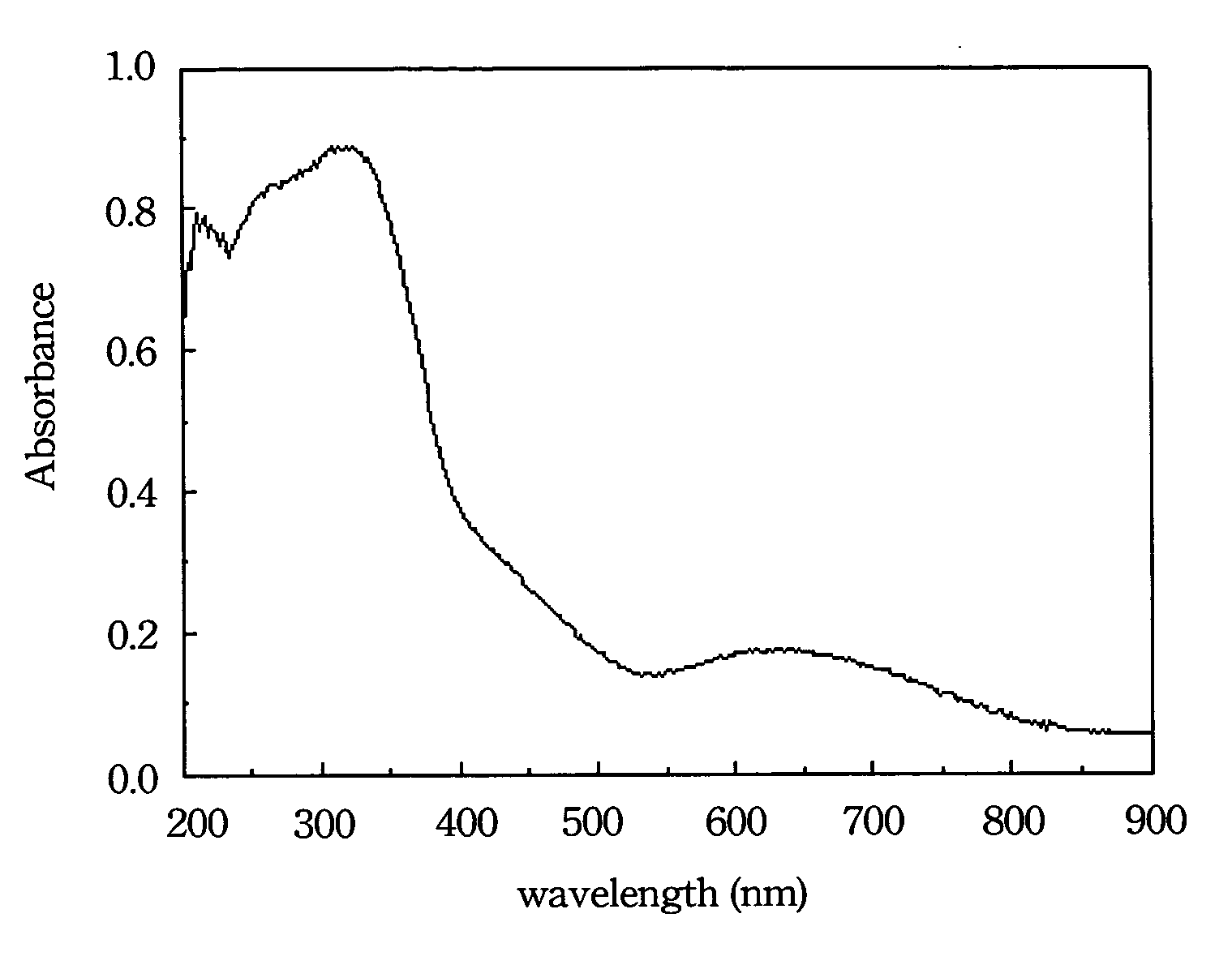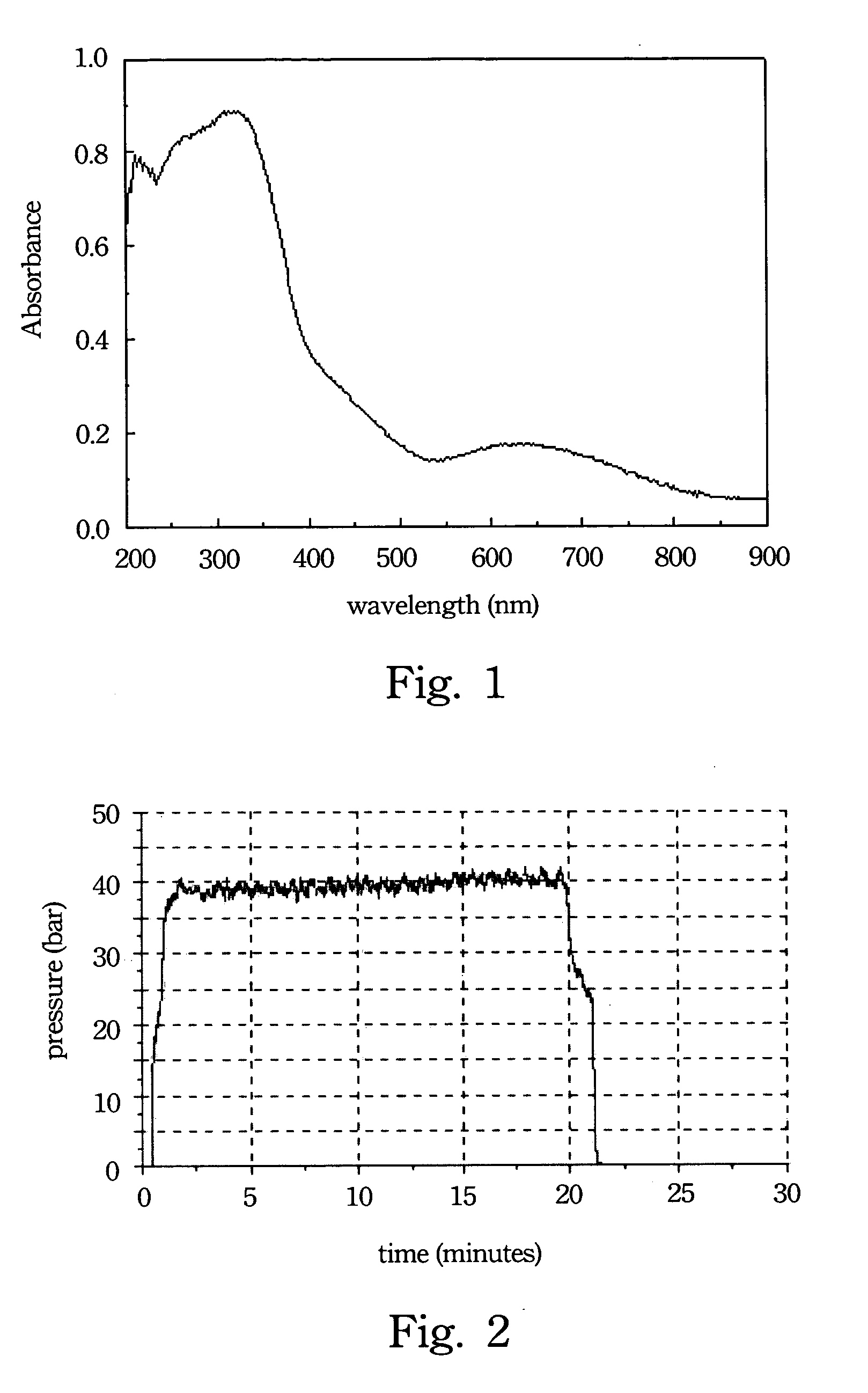Methods of fabricating photocatalytic antibacterial polyester grains and textiles
a technology of polyester grains and textiles, applied in the field of producing antibacterial fibers and textiles, can solve the problems of high toxicity, poor washing endurance of antibacterial textiles, and rapid decrease of antibacterial effect of these textiles, so as to increase the stability and antibacterial ability of the agent, and reduce the amount of the antibacterial agent used.
- Summary
- Abstract
- Description
- Claims
- Application Information
AI Technical Summary
Benefits of technology
Problems solved by technology
Method used
Image
Examples
Embodiment Construction
[0024] Reference will now be made in detail to the present preferred embodiments of the invention, examples of which are illustrated in the accompanying drawings.
Low-Temperature Preparing Method of Titanium Dioxide Nanoparticles
[0025] A titanium compound, such as a titanium salt or a titanium alkoxide, is uniformly mixed with an alcohol solvent to form a prepared solution. Then, a large amount of pure water is added to the prepared solution to hydrolyze the titanium compound. Titanium hydroxide precipitate is immediately formed after adding the water. After the hydrolysis reaction is complete, an acid is added to the titanium hydroxide solution to peptize the titanium hydroxide precipitate and form titanium dioxide crystallite. The solution containing the titanium dioxide crystallite is heated and refluxed in an oil bath at about 60-100° C. for 3-12 hours to obtain titanium dioxide sol. The titanium dioxide sol is photocatalytic, and the absorption wavelength is within the ultrav...
PUM
 Login to View More
Login to View More Abstract
Description
Claims
Application Information
 Login to View More
Login to View More - R&D
- Intellectual Property
- Life Sciences
- Materials
- Tech Scout
- Unparalleled Data Quality
- Higher Quality Content
- 60% Fewer Hallucinations
Browse by: Latest US Patents, China's latest patents, Technical Efficacy Thesaurus, Application Domain, Technology Topic, Popular Technical Reports.
© 2025 PatSnap. All rights reserved.Legal|Privacy policy|Modern Slavery Act Transparency Statement|Sitemap|About US| Contact US: help@patsnap.com


